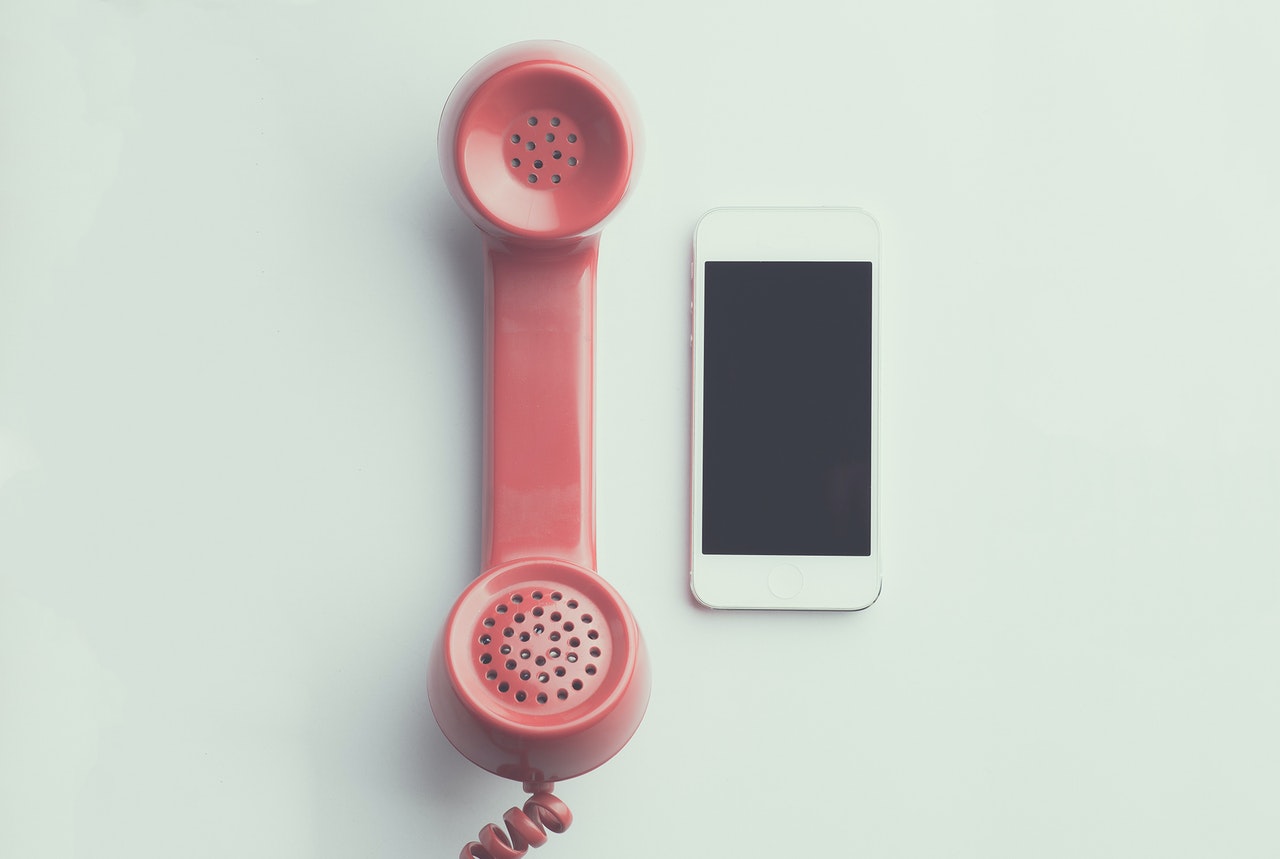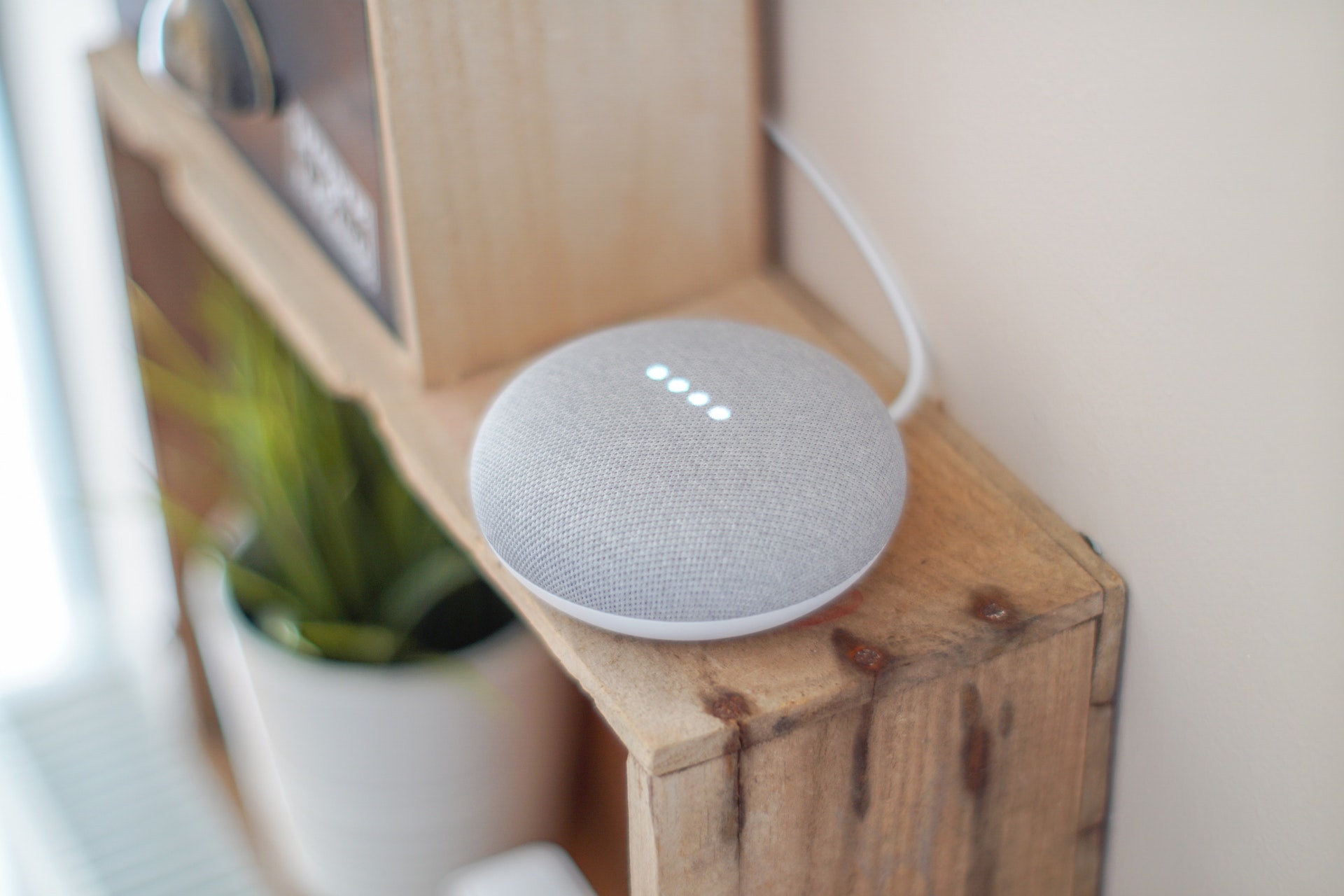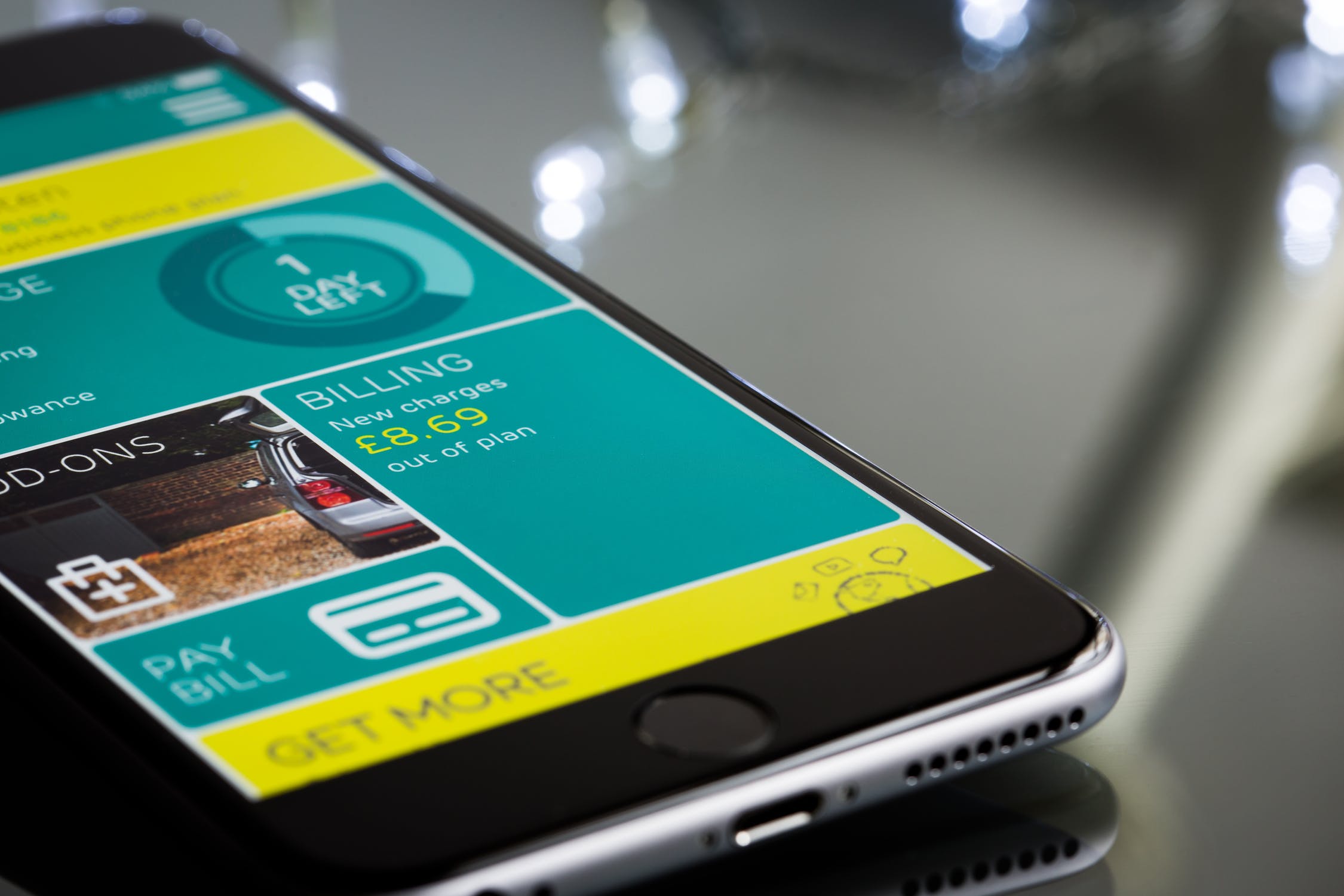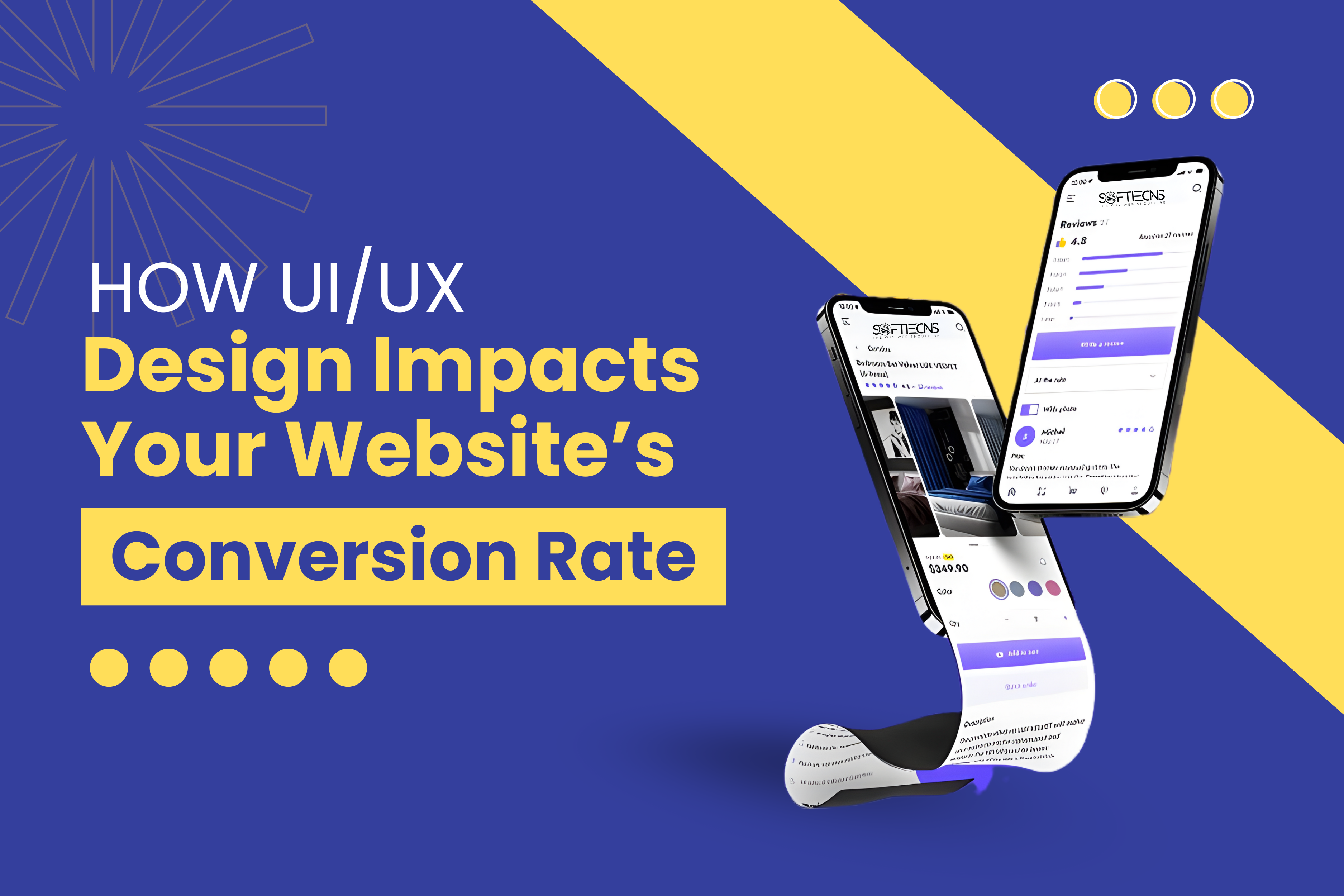How to develop a Mobile App for Foldable Smartphone?
Wed, 14 Apr 2021
Mobile phone technology is undergoing a twisted stage of development, in which smartphones are becoming smarter and smarter. It’s the foldable smartphones that are raising the eyes these days. They are made from flexible display technology which incorporates visual electronic presentation. And experts are emerging to develop a mobile app for those screens. Flexible displays use electronic paper technology with expertise in electrophoretic or wetting electronics. Nonetheless, due to varied execution techniques by diverse companies, every flexible electronic paper differs in design.
How would Foldable Phones impact the App development process?
While it appears on the surface level that it is simply about having flexible UX in mobile apps, the impact is much more massive. Foldable phones mean more space for developers to create immersive and detailed multi-window experiences for all the different types.
- Video streaming apps may use the increased screen size to view videos in a wider orientation or add additional controls or functionality to the device.
- Calendar apps will open an entire month instead of the week
- Banking apps will open multiple account information instead of the initial one in the multi-window app screen
- Business apps will incorporate more functionality, such as reading emails while perusing a text, and so on.
- Content creators can bounce around between multiple applications.
The different ways foldable smartphones can have an impact on the application development process.
Quality Supersedes All:
Foldable phones come with different orientations, aspect ratios but the quality standards are what will stay the same. Users should expect the same smooth and glitch-free content and device flow they’re used to deliver them. In light of this, the burden of providing high-quality digital products will increase when you enter the production of the app for foldable telephone space.
Greater Test Cases:
With a massive number of foldable phones about to reach the mobile market, the software development team will have to work with a vast number of test cases all at the back of the problems that come with multi-window device configuration attached.
Feedbacks Take a Pivotal Position:
An extended feedback collection process is an aspect of creating applications for foldable phones. If you’re trying to take a conventional application into a new space, there’s going to be a lot of feedback coming your way, particularly on the transition front.
Increased App Development Time and Cost:
Another critical effect on the mobile device growth environment would be the increased production period and cost estimate of the product. Optimizing apps for foldable ensuring that it works glitch-free in all the different modes will require a lot of design, development, and testing efforts that in turn will bring in a price hike.
Conclusion
With these things in mind, developers who build a mobile app for foldable smartphones with their technological expertise should be on-point. Also, emerging innovations should be incorporated into the working modules for the smooth production of usable applications for foldable phones. Foldable smartphones, after all, are the tools of the next generation to rule the digital world.
POPULAR POSTS
Shopify vs. WordPress: Which one is best for e-commerce?
Wed, 07 Apr 2021Role of IoT in the Real Estate Industry
Wed, 14 Apr 2021Why UX And UI Is Important For Mobile Application Development
Sat, 01 May 2021Telemedicine's Advantages in Nursing Homes
Fri, 24 Dec 2021RECENT POSTS
Title: Run Your Entire Real Estate Business From Your Phone
Fri, 12 Dec 2025









